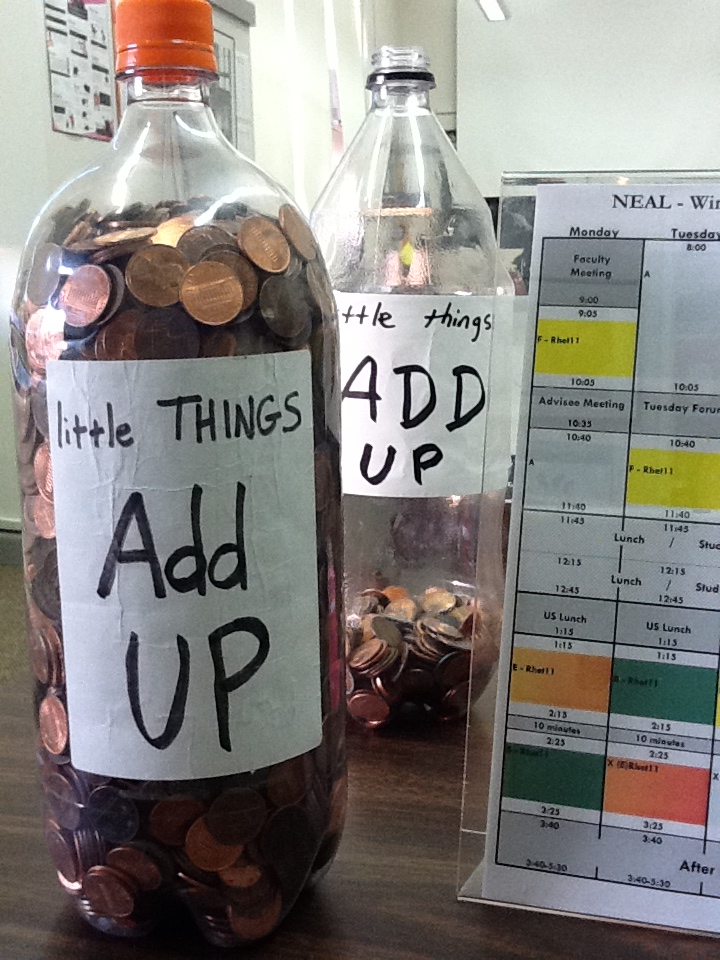Alternatives To Traditional Budgeting That Work
Have you joined the #52WeekChallenge powered by M-Shwari? To join, set up an M-Shwari Lock Savings Account, start saving and you just might get a cash reward. As I post this, we are kicking off Week 4 of the #52WeekChallenge, use the MoneyBox App (for Android) to calculate how much you are supposed to save on a weekly basis and start today!
In the previous post, I gave three reasons why even the best of us fail at following our budgets. This post looks at how to budget better, and gives an alternative to traditional budgeting which enables you to manage your money without a budget!
If you want a budget to work, base it on reality
The first reason why budgets fail is that we create budgets that are based on the ideal, and not the real us. They are not grounded in the reality of our spending habits but are based on what we would like to be. A good way to budget is to be a bit more deliberate in your budgeting process, with the intention of creating a budget that is reflective of your reality. This means tracking your expenses for at least 3 months, then analyzing those expenses and creating budget categories (and allocating amounts) based on your actual lifestyle and spending habits.
The risk with this approach is that it might tell us truths we may not be ready to hear. We may discover that we are spending more than we are earning – and on things that do not give us long term joy. If this happens, acknowledge the feelings, then put in place a strategy to change things. This post on setting goals might be helpful.
I loved this comment on the previous post on how to build buffers in your budget:
Start from a realistic base -what’s the total amount I actually get vs what I’d wish to get into my account .
Include bank charges in all your planning.
I work with a maximum amount of spend as a bandwidth as opposed to a specific amount I need to spend .e.g I know I’ll spend 25k max on shopping (groceries(non perishables and , food ) for the month .so considering I shop wholesale , my spend will vary but shouldn’t go above the bandwidth. Another example is water – I pay to Kanjo -The maximum I’ve seen is 1900 kes but it can go as low as 1,400, so I plan with the 1900 shillings. If the bill is lower, the difference goes to sort something else .Fixed costs that don’t vary have to be paid first before anything else -Rent, nanny , estate security , garbage , etc everything else is variable and to be planned within the bandwidth .
Automate your savings– preferably deducted at payroll so that your net amount doesn’t include the savings bit. Moving money when AOBs like a sick relative show up can be difficult sometimes.
Leave some money for miscellaneous items if you can. There’s always something that will come up that wasn’t planned for. Its easier to compensate mentally and leave the compensation undone in the money bit
Lastly all that should sum up to what you actually earn less bank charges and M-Pesa charges. More often than not we don’t include this in our planning yet it’s a spend whilst spending. ~ Velisa Adega
Budget only once
The principle behind budgeting is that it should protect you from compromising your financial future for current spending. This approach does not require you to maintain a monthly budget, but instead, you make budgeting a once a year or even once every 2 years endeavor. Here are the main steps to follow:
- Undertake a financial planning exercise, where you look at your long term plans (things like retirement or kids’ education for those who have or plan to have children), your medium-term plans, and things you would like to do with your money for the next 12 years. You may use a financial advisor to help you calculate how much you need to set aside for each of these goals. Do not be scared, using a simple calculator, you will realize that long-term goals demand really little of us especially if we have time on our side. Every earning 20-something year old should go through a personal financial planning session to be able to take advantage of their greatest asset – time.
- Secondly, calculate your monthly needs (essentials), and your non-monthly essentials such as insurance. Divide the non-monthly amounts by 12 to know how much you need to save every month.
- Open two zero-charge savings accounts (or even money market accounts, though if you are likely to procrastinate on this, go with the savings account). The first account will be for (1) above, and the second for (2).
- Set up standing orders of the amounts needed in each of the two accounts. The effective date for this standing order should be the day after you get paid.
- Whatever remains in your account is your money for bills, and to play around with. You do not need to budget it or track it.
To avoid running out of money mid-month, pay your essential bills (excluding food), then divide whatever that remains by the number of weeks in the month. This is your weekly spending allowance. I have excluded food, fuel, clothing etc from essentials because while these are needs, they are controllable costs. There are many creative things we can do to save money on these items.
The Envelope Method will help you stick to your goals
Personal finance means finding ways of managing your money that are aligned with your personality. If you want to manage your day-to-day spending yet the month is always shorter than the money, consider using the Envelope Method. This is a manual budgeting method where you divide your money into different envelopes as per the spending category e.g dry foods, groceries, eating out, entertainment etc. Then you spend the money as per what is in the envelopes. Once an envelope is empty, you close that account. At the end of the month, you can save what remains towards a goal using the #52WeekChallenge. As the Velisa commented, other than the essentials, everything else is variable, and the envelope method helps you manage your variable costs.
Read more about the method here. Let me share though that this method did not work for me in 2013, because I would often carry my cards and swipe or use M-Pesa instead of cash. I want to give it a second shot, this time I will leave my cards at home, and see if it works.
Track your expenses (if you are into that)
If you are a figures person, and you like to see where everything goes, then track your expenses. You can use an app like Wallet, YNAB (both available in the Google Play Store) and others, an Excel spreadsheet, or even noting down the expenses in a notebook or on the respective envelopes if you are using the Envelope Method.
The discrepancy between how you like to spend your money, and how you actually spend it might surprise you. My spending last year was a real shocker.
Ultimately, remember that personal finance is personal, but our goals (especially long-term), are very similar. You want to use a method that works with your personality, and also protects your money from you.
Photo Credit:Autumn Mott Rodeheaver



